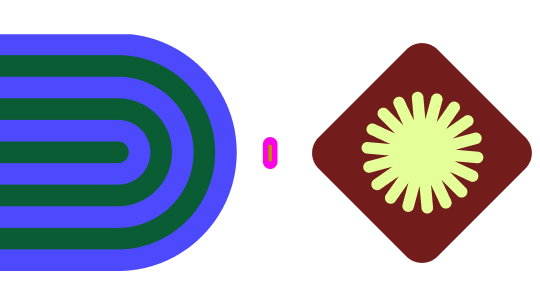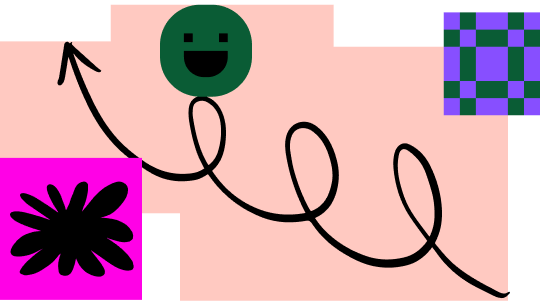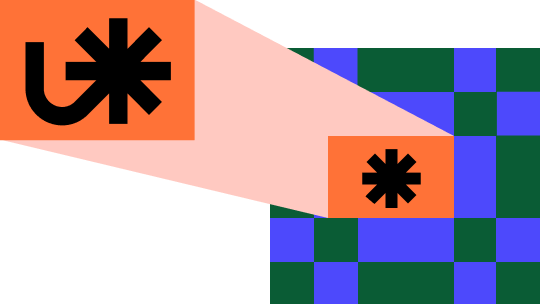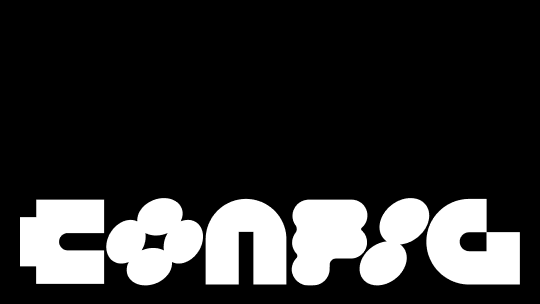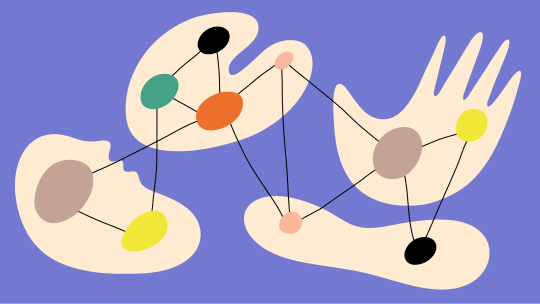6 diagrams that improve online workshops
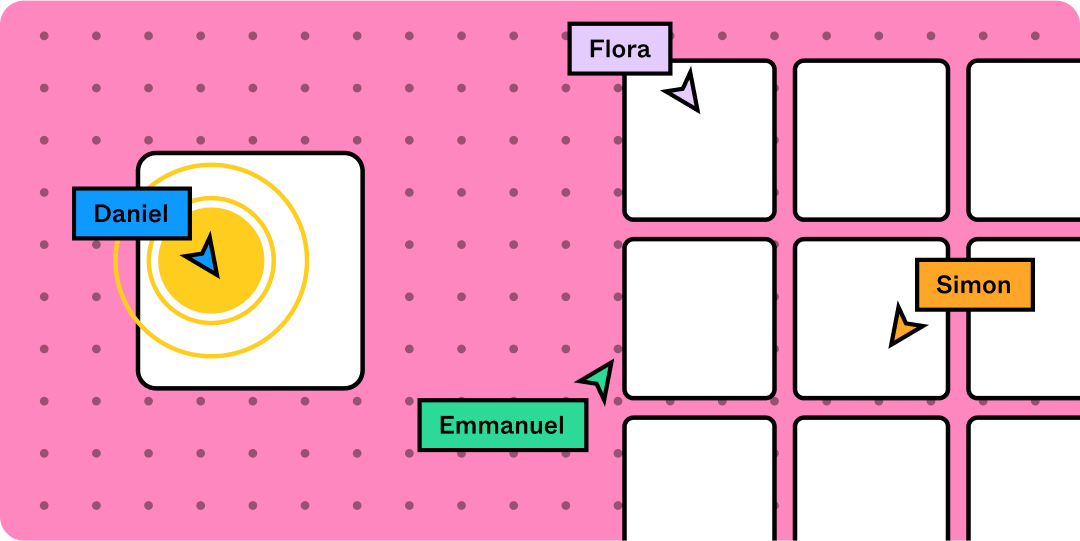
For remote and hybrid teams, online workshops need no introduction. Many distributed creative teams now rely on videoconferencing, with more than a billion logins a day to Zoom, Google Meet, Microsoft Teams, and Cisco WebEx. But how many of those billion people actually pay attention in online workshops?
"Zoom fatigue" is real, and quickly eroding workplace attention spans. According to a Gallup poll on quiet quitting, half of US workers are now routinely disengaged at work. Yet for creative teams, workshopping ideas online is key to unlock innovation.
What is an online workshop—and do we really need one?
Design thinking workshops help creative teams explore opportunities, generate ideas, build prototypes, and test solutions. But for distributed teams especially, not all members may be able to attend an onsite workshop in person.
Team members who aren't onsite can feel sidelined, and disengage from the creative process. Online workshops help level the playing field, so that everyone can contribute for better, smarter team outcomes.
How to break through Zoom fatigue at online workshops
If you notice eyes glazing over on Zoom workshop sessions—or worse, cameras switching off—it may be time for a fresh approach to re-engage your team. Improving online workshops starts with a surprisingly simple fix: diagrams. A few informative, captivating graphics can help your ideas pop off the screen, and kickstart creative thinking.
FigJam makes diagramming easier with hundreds of templates
Start diagramming on Figma for free today
6 diagrams to make online workshops better, from start to finish
In creative workshops, diagrams can clarify concepts for deeper comprehension, faster information processing, and better retention. For online workshops in particular, diagrams help lighten the cognitive load and intense eye contact that can cause Zoom fatigue. With the right diagram, you can make every step of your online workshop more engaging.
1. Plot your workshop with a lotus diagram.
Before your workshop, sketch out a plan of action with a lotus diagram template. Japanese management consultant Yasuo Matsumura designed this powerful, easy creative tool with a simple 3 x 3 box grid.
In Figma, you can tag workshop co-hosts to help fill in the 9 boxes on your lotus diagram.
- Center box: Capture the main goal or topic of your online workshop in a few words— maybe "build a better customer experience," or "ace design presentations."
- 8 surrounding boxes: On the “petals” around your main goal, jot down possible actions or solutions to reach it. If your workshop goal is “ace design presentations,” related ideas might include:
- Center your story around users instead of solutions
- Build suspense with a narrative arc
- Practice public speaking on video
- Learn deep breathing exercises to calm nerves
Pick workshop priorities
Next, “pluck off” any petals that aren’t as relevant to your goal, or as feasible in the time available. Maybe participants can practice public speaking and deep breathing later, on their own time? Quickly you'll see which ideas you need to cover in what order, making the best use of team time.
Introduce participants before the workshop.
Save time by circulating participant info before you meet. Why waste precious meeting time introducing each participant? Instead, ask participants to add their own one-sentence intro and personal pronouns to a FigJam online whiteboard. One-line bios don't have to be boring—check out this inspiring short intro from FigJam community contributor Nickelfox Design.
When invitees have more info about who's coming from which team, they're more likely to attend an event—and positive peer pressure prompts everyone to arrive on time, ready for action. If your workshop features a speaker or coach, sharing an exciting speaker bio can build buzz and buy-in for your workshop.
2. Add a timeline to your workshop agenda.
Once you've identified workshop priorities, you can assign each one a workshop timeslot on a snazzy clipboard-style meeting agenda. Or you can invite co-hosts to fill out a timeline diagram template, which helps keep everyone on track to achieve workshop objectives. During the workshop, sharing this collaborative timeline with participants gives them a chance to review goals, add comments, and flag promising ideas.
3. Map out your workshop challenge with a fishbone diagram.
It's time to rally everyone around your main challenge, exploring its causes and effects with an Ishikawa diagram, or fishbone diagram. Management professor Kaoru Ishikawa created this diagram to analyze a systemic problem, from the root cause (tail) to the end effect (head). Once you map out your challenge in Figma’s fishbone diagram template, your team can spot strengths and weaknesses in your current system.
How to use fishbone diagrams to workshop innovation
In your online workshop, you can use fishbone diagrams to:
- Examine quality issues and uncover possible solutions, alone or with the 5 whys
- Track the user journey along a happy or unhappy path, alone or with a customer journey map
- Map and strengthen internal processes, alone or with a swimlane diagram
4. Host breakout groups with affinity diagrams.
By now, everyone wants to participate in your workshop. Great! But when ideas flow quickly, it's hard to make sure everyone is heard without breaking your momentum. To keep the inspiration coming without losing anyone, consider forming breakout groups to fill out affinity diagrams. These diagrams help breakout groups focus and group ideas, so they can spot prime opportunities, highlight promising solutions, and note worthwhile ideas to explore in future workshops.
5. Capture pros, cons, and decisions with an argument map.
Once your team has explored the world of possible solutions, you can put them to the test with an argument map. In Figma, you can bring each breakout group's best ideas onto one screen to discuss pros and cons. Use widgets, flags and stickies to poll, vote, and read the room. At a glance, you'll see which ideas and solutions are gaining the most traction.
6. Jumpstart next steps with a SMART goals diagram.
At the end of your online workshop, everyone will be ready to put creative ideas into action—and you can make it easy with a SMART goals diagram.
Invite your team's collaboration to fill out and assign SMART goals that are:
- Specific. What concrete goal do you want to achieve? For example, you might decide to host a creative summit like Figma’s Schema conference.
- Measurable. How will you know you’ve achieved your goal, by what metrics? At your conference, you might use a survey to capture audience response.
- Attainable. How do you plan to accomplish your goal, step by step? If your team is giving a conference presentation, you might invite three team members to create five slides each, so that no one is overburdened.
- Relevant. How does this support your broader purpose or mission? The goal of your conference might align with the company goal of creating better user experiences.
- Time-bound. When will this goal be completed? Timebox sub-tasks for easier completion. You might ask conference presenters to complete one slide per week, so you have time to discuss and revise each one.
Kick off your best online workshop ever with FigJam
Build these 6 key diagrams into your next online workshop, and you'll help your team shake off Zoom fatigue, cultivate essential creative career skills, and bring their best ideas to the table. When you give everyone a chance to shine, you may just capture lighting in a bottle.
Join Figma's community of workshop pros
Want to workshop your next workshop? Join Figma to compare notes and best practices in FIgma community workshops. In the Figma template gallery, you'll find fresh ways to illustrate goals and bring your workshop agenda to life—and pull off your next online workshop with style.
Sources
[1] https://news.stanford.edu/2021/02/23/four-causes-zoom-fatigue-solutions/
[2] https://www.gallup.com/workplace/398306/quiet-quitting-real.aspx
[3] https://www.konrad.com/research/how-to-run-a-design-thinking-workshop
[5] https://hbr.org/2016/11/why-diverse-teams-are-smarter
[6] https://www.youtube.com/watch?v=5JVvrCWI-rU
[7] https://elearningindustry.com/visual-learning-6-reasons-visuals-powerful-aspect-elearning
[8] https://news.stanford.edu/2021/02/23/four-causes-zoom-fatigue-solutions/
[9] https://www.themuse.com/advice/using-pronouns-gender-inclusive-language-in-the-office
[10] https://www.regpacks.com/blog/event-attendance/
[11] https://www.eventbrite.com/blog/speaker-bio-ds00/
[12] https://asq.org/quality-resources/fishbone
[13] https://research.com/careers/training-industry-statistics
Keep reading
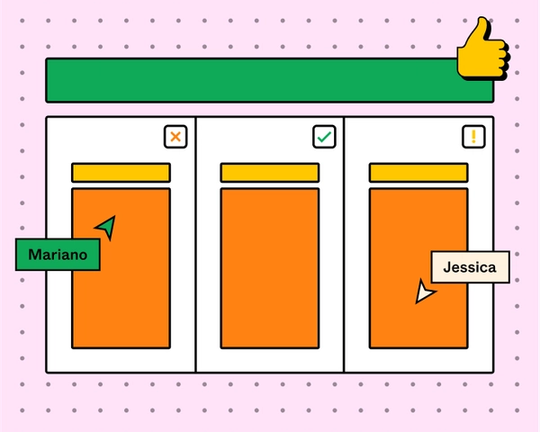
Running a sprint retrospective
A well-run sprint retrospective tweaks workflows and strengthens teamwork, helping everyone deliver portfolio-worthy design on time.
Learn more
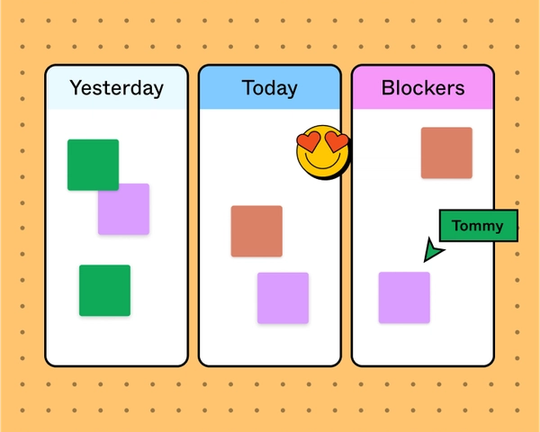
How to run great daily standups
How do you make sure everyone's on board, on task, and on track for a productive day ahead?
Learn more
